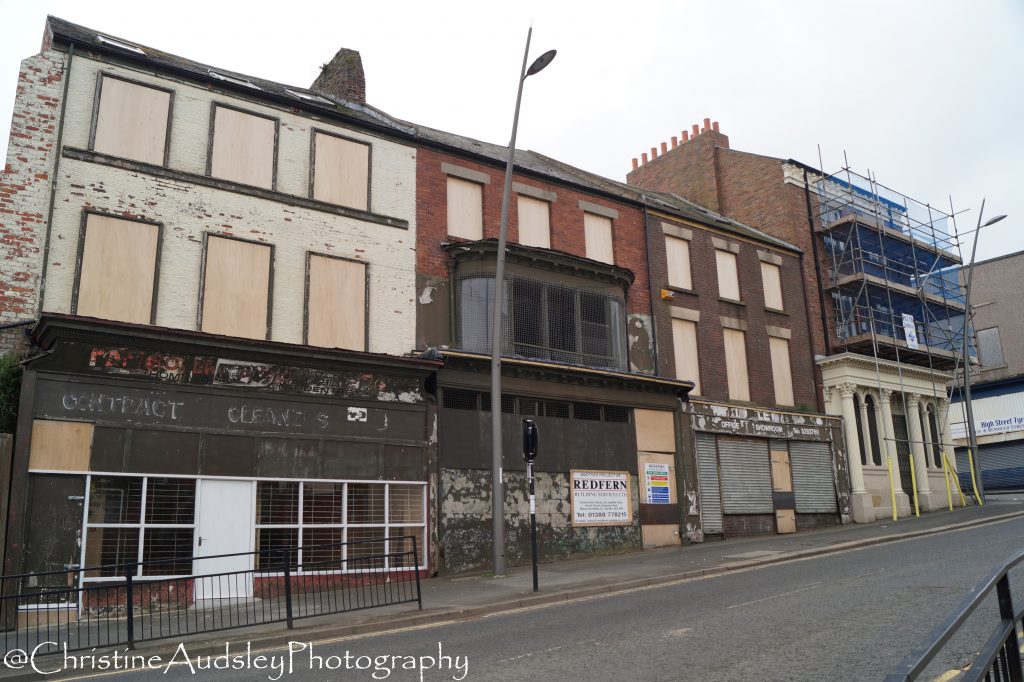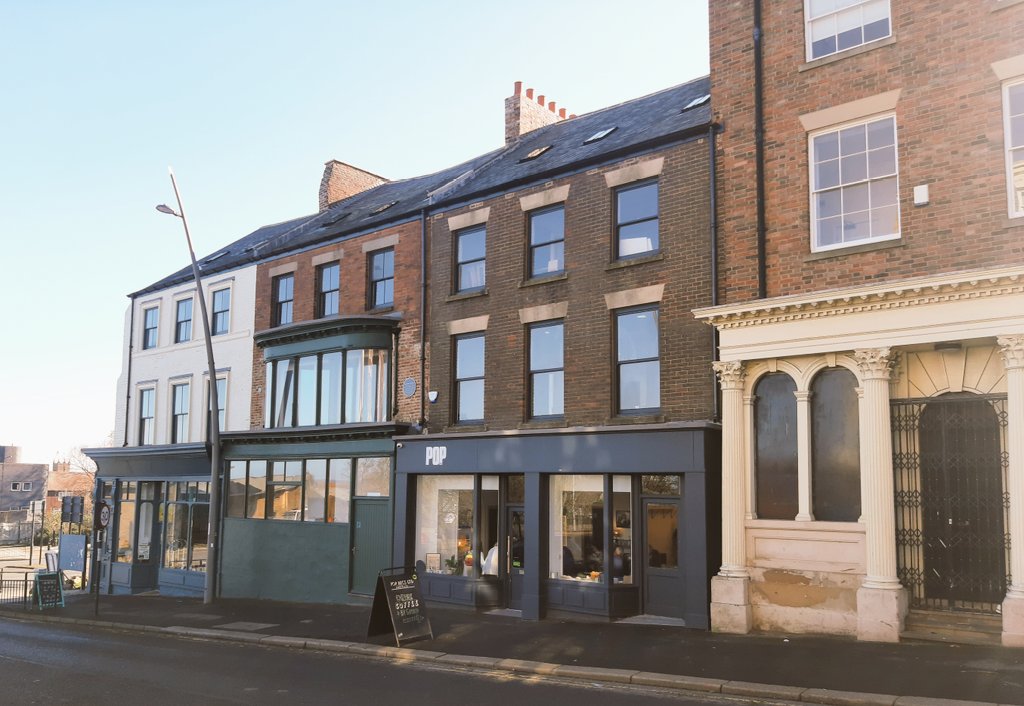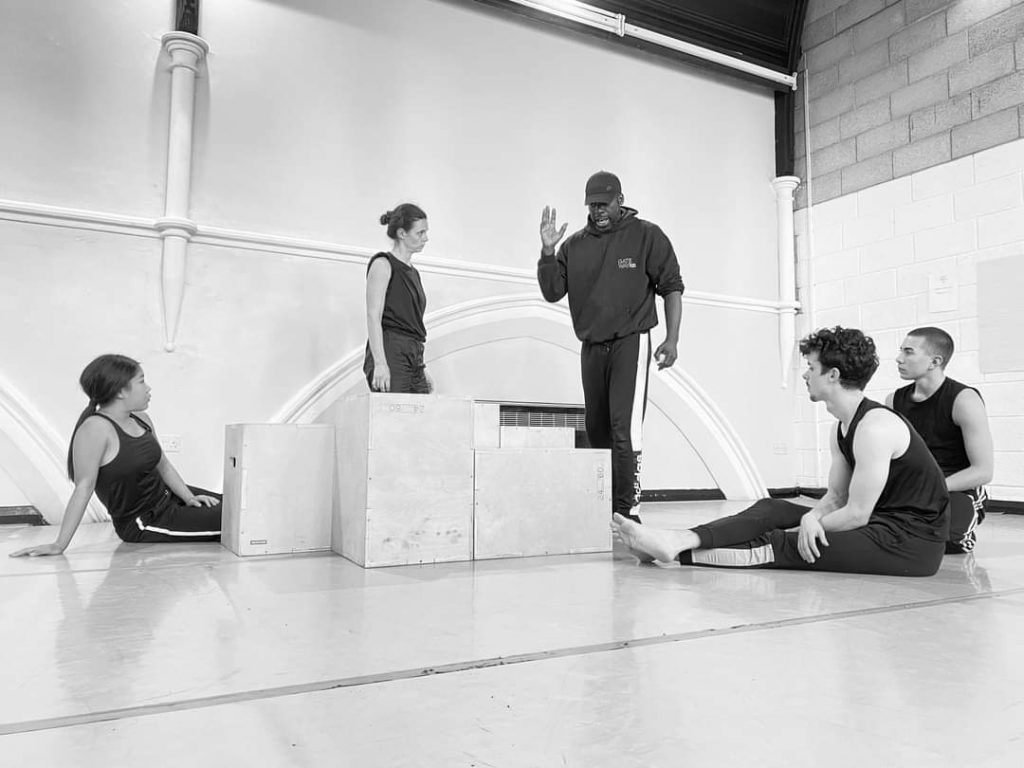The Architectural Heritage Fund is changing. Kelcey Wilson-Lee, Head of Programmes and Impact, describes its change of focus from pure aesthetics and the celebration of ‘great men’, to a concern about the role historic buildings can play in supporting communities in some of the most deprived parts of the country.
 Every charity more than twenty years old undertakes periodic reviews of its governing documents with some trepidation. The fear is that in pulling back the curtain on your origins, you’ll discover your founding articles don’t align with your current strategy or priorities, that you’ll be hampered in your desire to take a flexible approach to your programming, and that you will come face-to-face with historic perspectives you’d rather not.
Every charity more than twenty years old undertakes periodic reviews of its governing documents with some trepidation. The fear is that in pulling back the curtain on your origins, you’ll discover your founding articles don’t align with your current strategy or priorities, that you’ll be hampered in your desire to take a flexible approach to your programming, and that you will come face-to-face with historic perspectives you’d rather not.


My organisation, the Architectural Heritage Fund (AHF), has been reviewing our articles of association as we plan to launch a new Strategy next year. The AHF was founded in 1976 during the first flourishing of the UK’s conservation movement to offer recyclable loans to support the preservation of the historic built environment because it was recognised to have public benefit. From inception, our focus has been to support community-led groups to conserve and breathe life into their local built heritage. For decades, the recyclable loans and early-stage grants we offer predominately supported Building Preservation Trusts. These not-for-profit conservation specialists frequently grew out of grass roots action, in which locals banded together to save their communities from dereliction. Many operated within a financial model whereby dilapidated structures were acquired cheaply, restored and sold, with any profits from their sale repaying loans for capital works or channelled into the next project. These Trusts achieved an enormous amount – helping to preserve the uniqueness of towns and cities across the country by conserving the local historic environment and repopulating buildings – and they knew the AHF would support them at every stage.
In Great Yarmouth, the local Trust has worked over a decade to turn 70% vacancy rates on their historic high street into 70% occupancy.
–
Over time, however, three different shifts have taken place that mean our work has broadened.
The first is societal: in the last few decades, our collective view about the value historic buildings hold has changed dramatically: where in the past, the principal virtues recognised in heritage were its aesthetics and its connection to history’s ‘great men’, today we value the stories historic buildings can tell about the ordinary men, women and children who lived among them. Where in the past, grandeur was prized, today we have greater appreciation for the educational role the historic environment can play – including supporting learning about historic exploitation, disenfranchisement and systemic neglect. Increasingly, as the effects of climate change become more apparent, historic buildings are valued for the embodied carbon they hold and the heat-mitigating aspects of traditional construction. While we continue to see benefits in preserving historic streetscapes, therefore, we have grown over time less concerned with the pure beauty of historic buildings and instead to place greater emphasis on the ongoing use of existing structures.

The second shift is internal: recognising that a functioning public sphere requires accessible public spaces valued by local people, we have re-evaluated our priorities, with renewed focus on community ownership and sustained community use of historic assets, rather than on preservation itself as the end goal. This has led us to invest increasingly in projects that are not what we term ‘heritage-first’. Instead, we are funding more charities and social enterprises seeking to reuse a historic building to deliver their core work – from foodbanks in Dudley to refugee centres in Harlesden to dance studios in Sunderland – but where saving the historic building is neither the organisation’s chief aim nor the project’s starting point. These projects now make up most of the total number we support each year, but they often require additional guidance because in most cases groups are new to the specific regulations and complexity involved with historic building regeneration.
Finally, we have learned that the traditional ‘revolving door’ finance model which underpinned Building Preservation Trusts does not work in areas where low underlying land values mean that the high cost of conserving and adapting historic spaces cannot be recouped through subsequent sale. Projects in these areas will require grants as well as loans to undertake their capital work. Further disadvantages suffered by projects in deprived communities include a relative lack of skilled locals with time to invest in volunteering for projects and a harder fundraising journey because there is less local wealth to tap into as well as perhaps greater challenges navigating the jargon associated with grant applications. These cumulative barriers are, of course, on top of the same challenges that non-heritage-first projects in wealthier areas face, meaning that to succeed, heritage regeneration projects within areas of significant deprivation may require much more guidance and advisory support as well as more funding. Yet these projects may also offer the most potent opportunities for genuine regeneration through historic building reuse.
Since April 2020, new data gathering and analysis has enabled us to demonstrate for the first time that more than half of the projects we support are located in areas suffering from significant deprivation (the top 30% most deprived communities using the national Indices of Multiple Deprivation).
Our team of nine regionally based officers is available to help guide these projects through the application stage, clarifying points about eligibility, decoding terminology and helping groups think through complex early questions around governance and process. In England we are currently able to offer the specialist support of a team of heritage consultants through our Transforming Places through Heritage programme funded by DCMS. Each year, more than 250 projects across the UK are awarded grants to test the viability of their idea or to develop their plans for capital readiness. Projects that are further along in their development may also be awarded repayable finance from our endowment or our Heritage Impact Fund. Those organisations undertaking this work for the first time benefit enormously from learning about the processes involved with converting a derelict historic property into a sustainable community asset.
We also aim to support new partnership models, encouraging social enterprise developers such as the established Building Preservation Trusts to work collaboratively with local authorities to identify, conserve, adapt and manage for the long term historic properties that have become vacant or fallen into dereliction. Since 2019, we’ve been funding a pilot programme in which we call such organisations Heritage Development Trusts – not-for-profits that achieve financial sustainability through managing a portfolio of restored historic buildings in use by other charities and social enterprises. This model, which is currently being piloted in seven localities across England in places such as Great Yarmouth, Hastings and Coventry, has significant potential to transform declining town centres by reclaiming historic buildings as assets for community renewal. In Great Yarmouth, the local Trust has worked over a decade with modest grant support to turn 70% vacancy rates on their historic high street into 70% occupancy. This is a model that can work across the country to counteract the failure of market forces and turn symbols of decline into marks of resurgence.
Our historic built environment contributes enormously to the pride locals feel in their place – this has been recognised within the government’s recent Levelling Up white paper – and communities are justifiably proud of the buildings that testify to their unique story. Coupled with the significant environmental benefits that come from adaptive reuse of structures built to last for centuries, there are great opportunities for heritage regeneration to make lasting positive impacts to some of today’s key problems. New funding sources including the Levelling Up Fund and Community Ownership Fund are a boon to organisations that have proven their feasibility, have business plans ready to deploy and historic assets primed to adapt, but there will also be challenges ahead, not least of which will be the looming cost of energy crisis.
Although our articles of association were drafted nearly fifty years ago, the work that the AHF was created to support continues across the country. Turns out we need not have worried these founding articles would cause concern, because many of the ways that reusing historic buildings can benefit local communities have long been recognised. In essence, the words chosen to describe our work then continue to describe what we do now; while today we might talk more about ‘regeneration’ than ‘preservation’, we are still focused on supporting projects that breathe new life into old buildings and to ensuring that the public benefits from the UK’s rich built heritage. In the decades to come, the AHF will continue to fund and advise these projects and to advocate for their potential within our society. As we develop our new strategy, this is how we are defining ourselves and what we will do to support the future.
Main image The Celtronic Festival at St Columb’s Hall, Derry/Londonderry – credit St Columb’s Hall Trust






